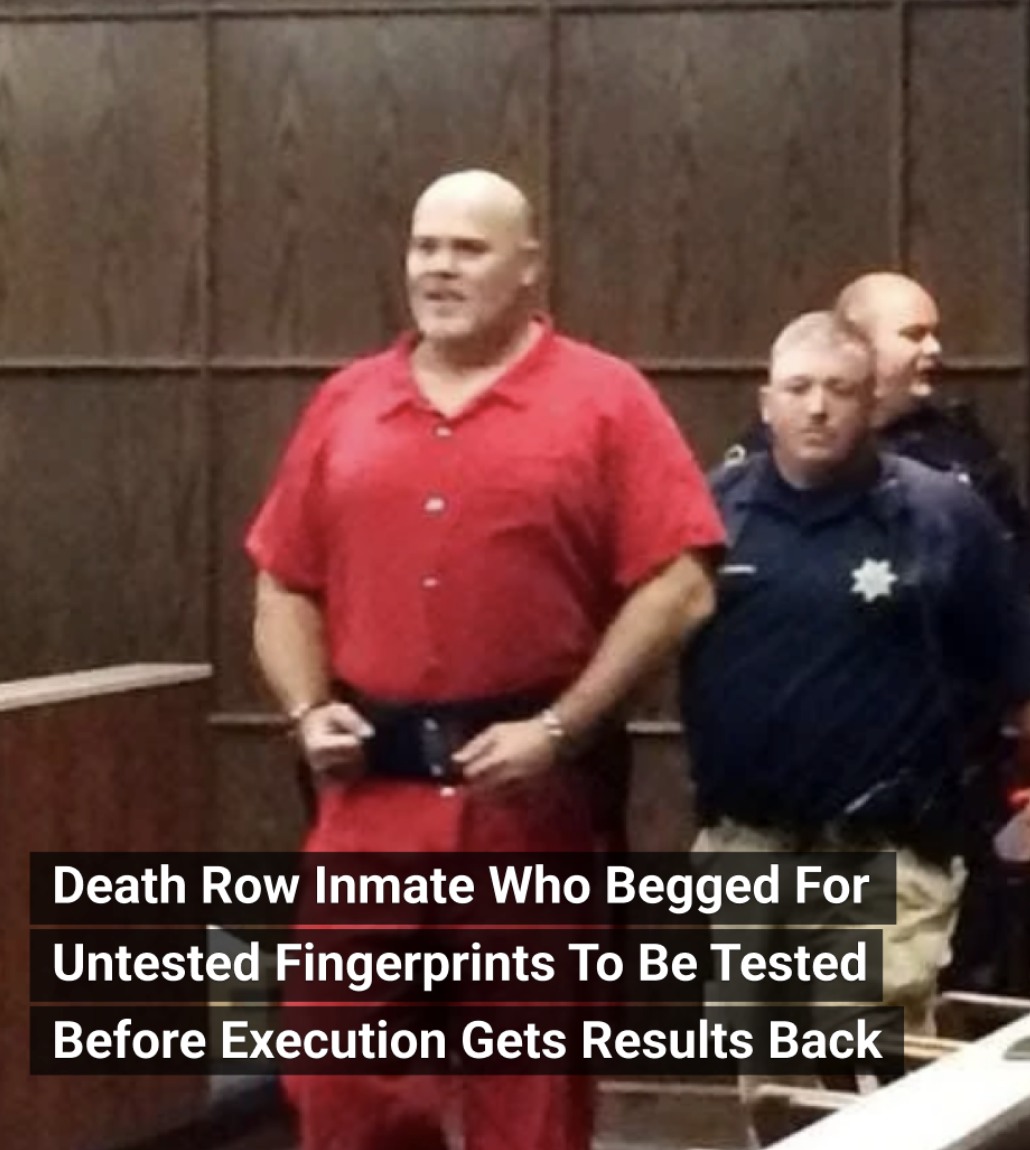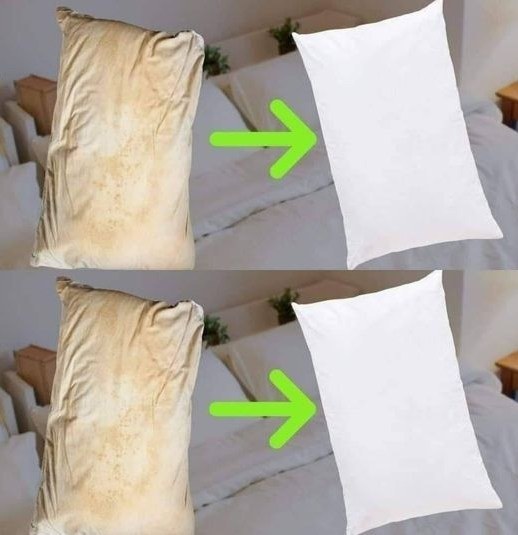Here’s what the results confirmed…👀
*Note: This story originally made headlines in May 2015 and is being republished due to renewed public interest.*
In a striking turn of events, Tennessee death row inmate Marlon Kiser’s effort to prove his innocence has instead reinforced the case against him. Convicted in 2003 for the murder of Hamilton County Deputy Donald Bond, Kiser has long claimed he was framed by his former roommate, James Michael Chattin. But his campaign—through a personal website, petitions, and legal filings—unintentionally produced evidence that strengthened his conviction.
On his website *FreeMarlonKiser.com*, Kiser argued that Chattin had a motive fueled by jealousy, believing Deputy Bond was having an affair with his wife, Tina. According to Kiser, Chattin openly threatened to kill the deputy and later shifted blame onto him. Kiser even alleged that Chattin had once asked him to carry out the killing, an offer he refused.
Kiser also pointed to his strained relationship with local law enforcement, citing a brutality lawsuit he filed against Chattanooga police in 1998. He argued this made him an easy target when Chattin accused him of the crime.
His campaign gained modest traction: an online petition to halt his execution drew more than 470 signatures, with supporters citing alleged police misconduct. However, his legal team’s request to re-test palm prints and fingerprints from Deputy Bond’s patrol car and flashlight backfired. The forensic analysis confirmed the prints were Kiser’s—not Chattin’s—further tying him to the crime scene.
This evidence, combined with earlier findings such as fibers from the deputy’s clothing found on Kiser, has only reinforced the original conviction. Legal observers note that while his claims of misconduct raised questions, the physical evidence remains overwhelmingly against him.
Despite this setback, Kiser continues to maintain his innocence from death row. For now, however, the courts—and the science—remain firmly aligned with the jury’s original verdict.






Post Comment